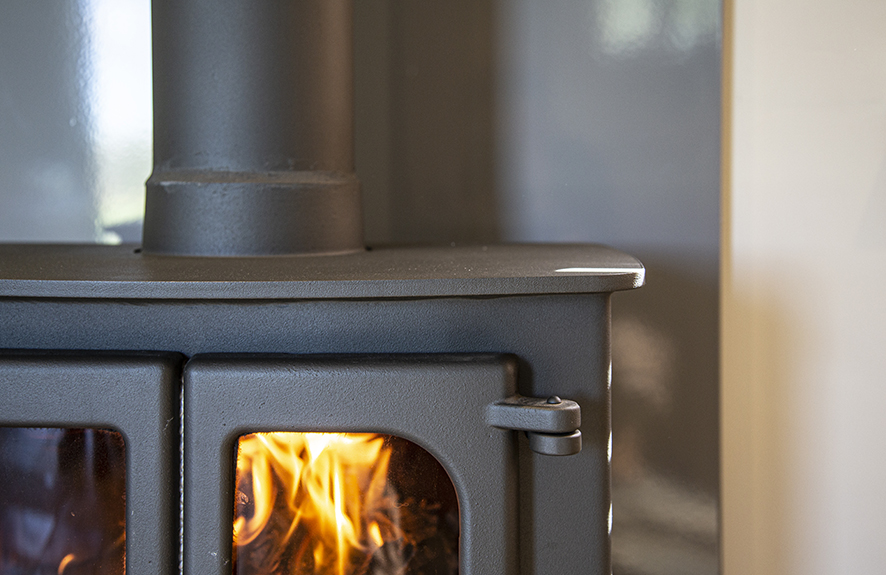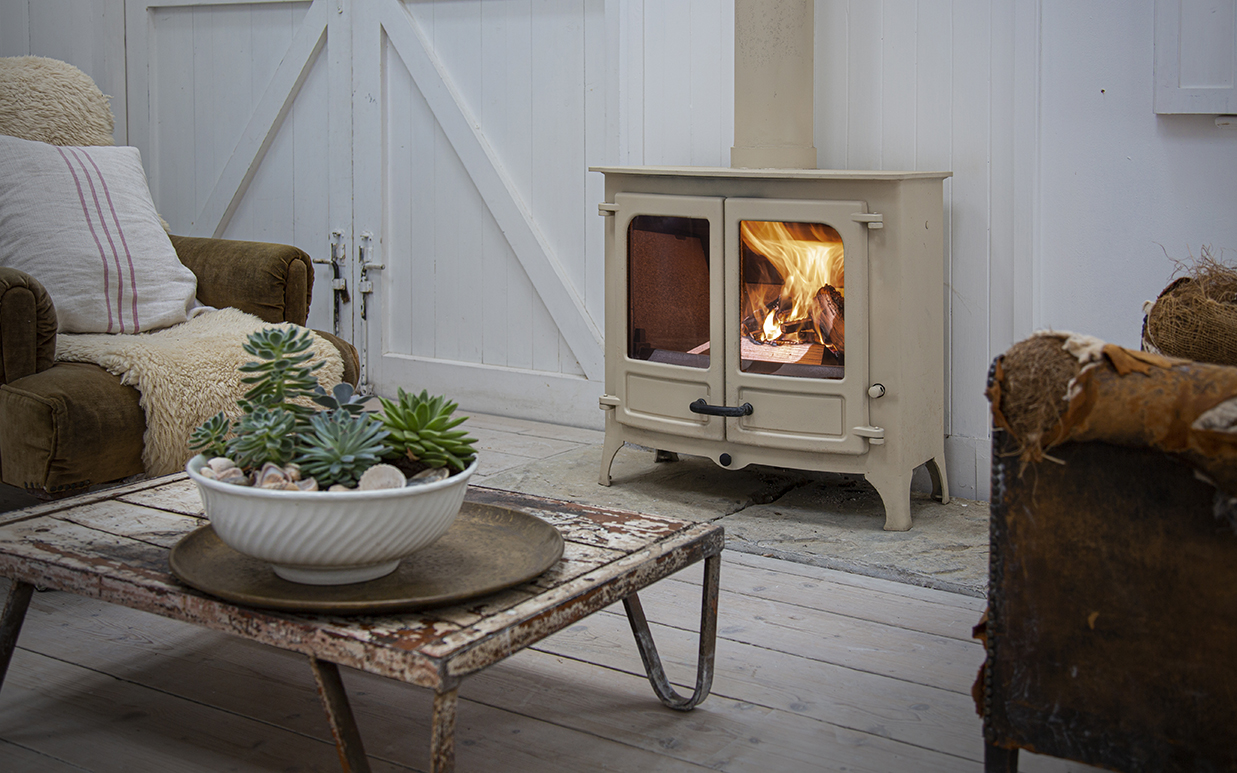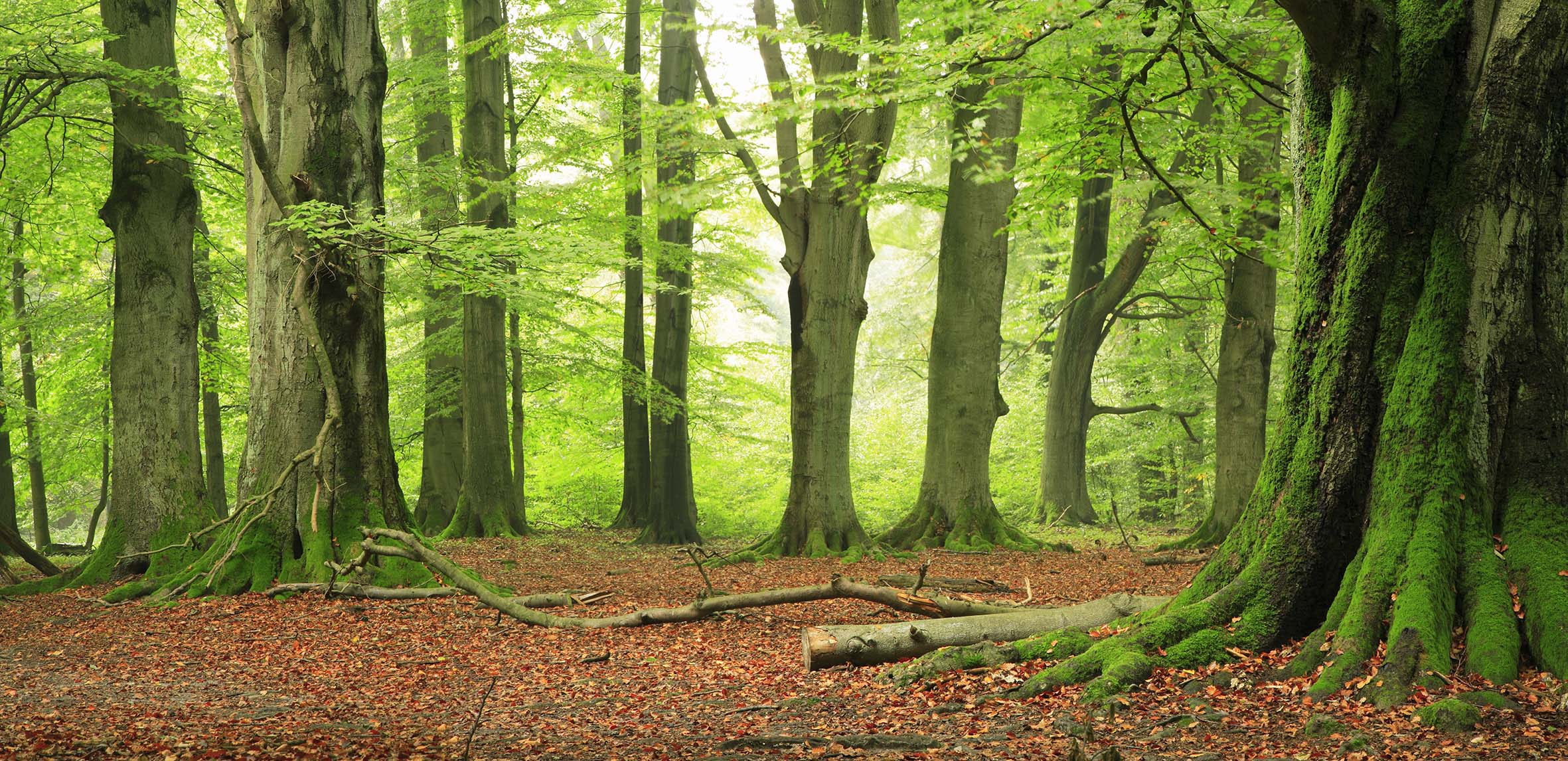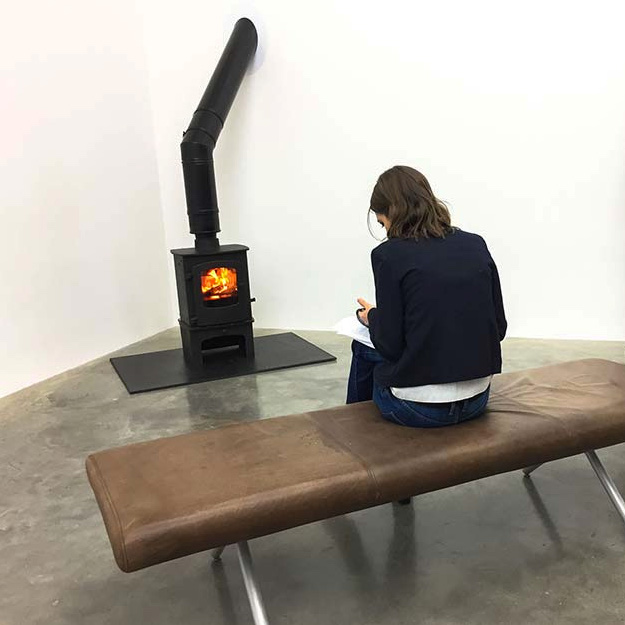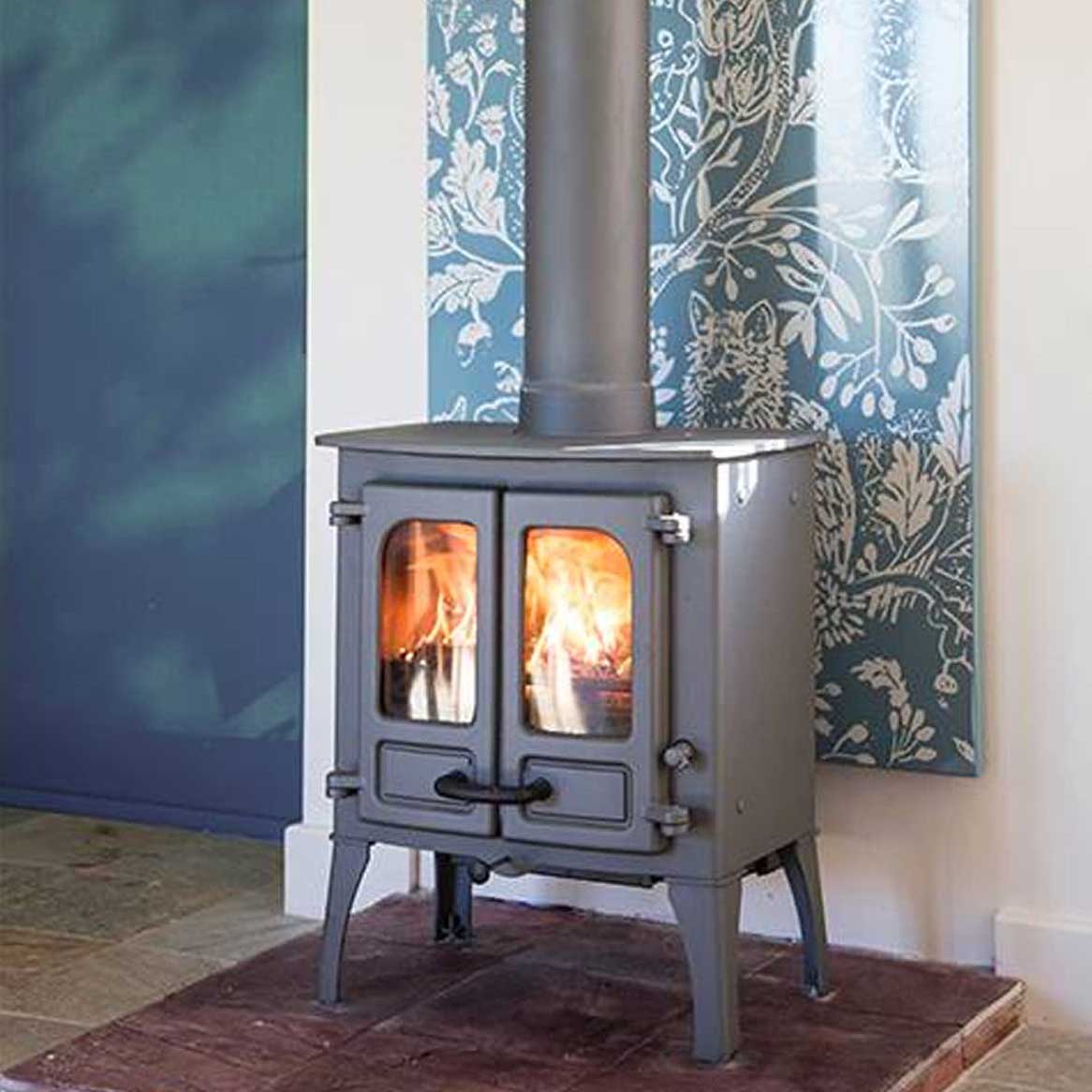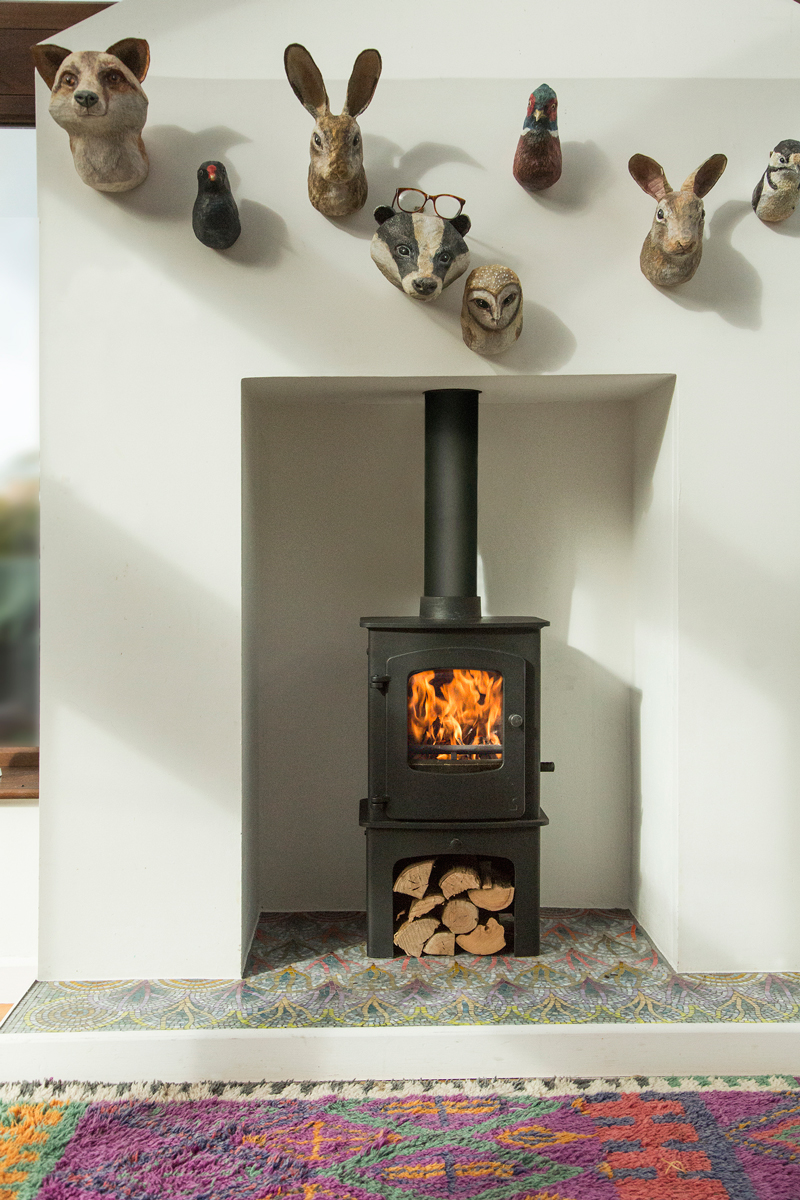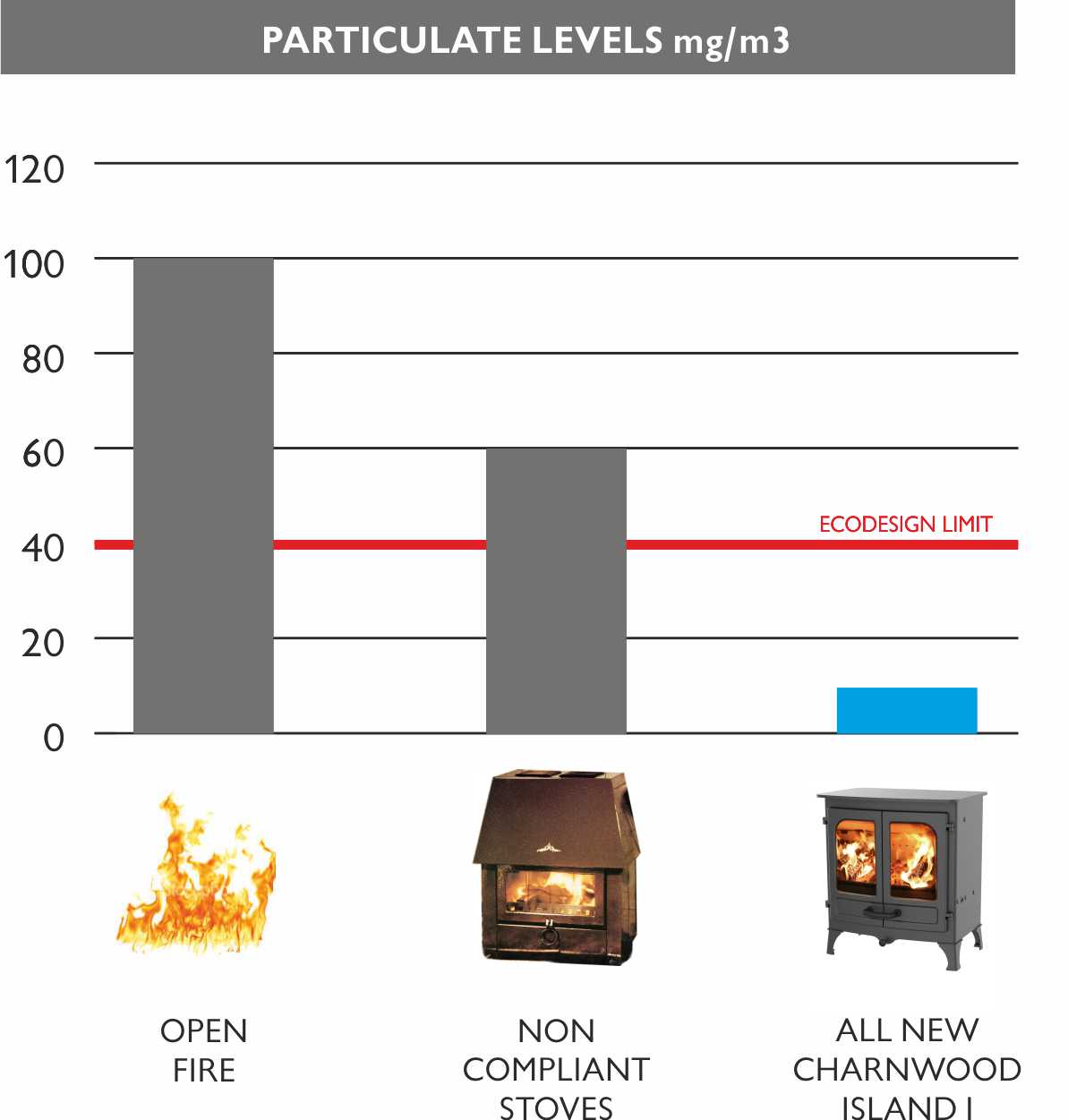If you are already the proud owner of a wood burner, or are considering making a purchase, you will not be disappointed. A wood burner is a superb addition to the home and an impressive focal point.
As winter approaches and the nights begin to draw in, what better way to spend chilly evenings than being nestled up next to your wood burning stove?
Before you fire up your wood burner and use it more regularly though, the Charnwood experts have compiled their tips on how to light a wood burner alongside other top tips, so you can get the absolute most out of your wood burner.
How to use a wood burner
If you are considering a wood burner purchase, it is crucial to ensure your desired stove is suitable for your home. We strongly recommend that a site survey is carried out by an experienced stove installer in the first instance before you make a purchase. Use our stove calculator to find out if your room is suitable.
How to make a fire in a wood burner
There are several stages to making a successful fire in a wood burner. If a fire is built and lit incorrectly, it can prevent the stove from getting hot. Follow these steps to make a successful wood burner fire:
Firstly you will need to ensure your wood is well seasoned and dry with a moisture content of less than 20% – if buying wood in smaller volumes look out for the Woodsure ‘Ready to Burn label’ which guarantees this.
When lighting your stove we recommend the top down method.
1) Leave some ash – the most efficient way to light a wood burning stove is to leave a little bit of ash from previous fires. However, you should still ensure the majority of the ash is cleaned out to avoid blocking air circulation.
2) Place 2-3 smaller logs on the stove bed
3) On top of this build a stack of 6-8 softwood kindling sticks
4) Then place a natural fire lighter inside
5) Fully open the air control as this will maximise the supply of oxygen in the wood burner needed to get the fire going.
6) Light the fire lighter and close the door but leave it slightly a jar
7) This helps to heat the chimney flue and burn hot and clean
8) Once the fire is burning well close the door and reduce the air intake
9) Re-fuel little and often
10) Every time a log is added open the air control again until the fire is burning well and then return the control to normal
By running your stove in this way you will achieve maximum efficiency with minimum emissions
How hot does a wood burner get?
Most wood burners range in temperature and can reach 190 – 343 degrees Celsius (375 – 650 degrees Fahrenheit). However, how hot a wood burner gets can depend on several factors including poor draft on the stove, air vents left closed or not open enough, incorrectly built/lit fire and use of wet wood.
How many logs do I need to put in a wood burner?
It is important not to overload your wood burner with logs, as this will mean the fire does not have enough oxygen to burn effectively. For a constant heat, have one or two logs in your wood burner at once.
How to get maximum heat from wood burner
There are several factors that could prevent your wood burner from achieving maximum heat, including:
• The type of wood that is being burnt.
• The moisture content of the wood.
• How effectively the air supply to the fire is controlled.
• How well the fire is maintained.
Achieve the maximum heat from your wood burner by:
• Using softwoods to quickly get the fire started.
• Using harder woods once the fire has started to produce more heat for longer periods.
• Ensuring all wood burned is dry and doesn’t contain large amounts of moisture (as mentioned earlier we recommend a 20 per cent or lower moisture content threshold for firewood).
• Periodically adding a few pieces of wood, rather than waiting for the flame to die down or adding large amounts of wood in one go.
• Using air vents correctly to control airflow to the fire.
• Having your flue cleaned and maintained regularly.
• Cleaning and maintaining your wood burner stove regularly.
• Ensuring your room has adequate ventilation to give the fire an oxygen supply.
How to keep a wood burner going
The below tips will help make a wood stove burn for longer:
• Avoid using wet wood in your wood burning stove.
• Reduce the air coming through the air vents to make the fire last longer.
• A stove that contains cast iron elements are better for heat efficiency and will keep a fire going.
• If you would like to find out more about wood burning stove cleaning tips and tricks in our blog, read: How to clean your wood burning stove.
What trees are the best to burn on a wood burner?
The best wood for burning on a wood burner are:
• Ash
• Oak
• Birch
• Beech
• Cherry
• Sycamore
How to put out a wood burner
Safely put out your wood burner by following these steps:
• Starve the flames of oxygen by ensuring the stove door is completely closed.
• Close all air vents and wait until the flames have died down to embers.
• Wearing heat-resistant gloves, open the door and spread the remaining embers/pieces of wood using a fire poker.
• Once the stove is cooled, sweep away any remaining ashes. An ash carrier can be a useful piece of equipment to assist in this.
Discover further cleaning and maintenance tips in our blog: How to clean wood burner glass.
Also explore our Wood-Burning Stove FAQs.
Contact Charnwood today
To find out more about how to light your wood burner and keeping it well maintained, contact Charnwood today. Our friendly, expert team are on hand and more than happy to answer any queries you may have.


